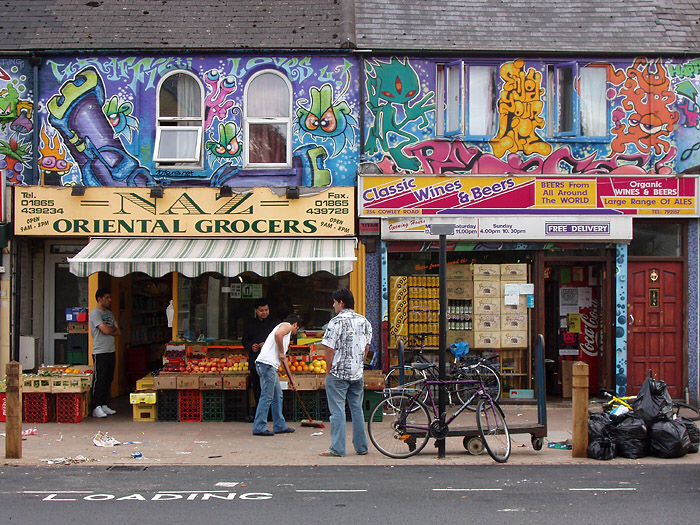I recommend an excellent book called ‘Crime Fiction’ by John Scaggs. It is a comprehensive reference of the history of mystery and detective fiction.
There is a chapter where I have come across Father Knox’s ‘Detective Story Decalogue’ from 1929. Now, for all you experts out there, I’m sure this is old news but it was a very interesting revelation to me.
The Golden Age of crime fiction was codified by Father Knox with his ten commandments:
- The criminal must be mentioned in the early part of the story, but must not be anyone whose thoughts the reader has been allowed to know.
- All supernatural or preternatural agencies are ruled out as a matter of course.
- Not more than one secret room or passage is allowable.
- No hitherto undiscovered poisons may be used, nor any appliance which will need a long scientific explanation at the end.
- No Chinaman must figure in the story.
- No accident must ever help the detective, nor must he ever have an unaccountable intuition which proves to be right.
- The detective himself must not commit the crime.
- The detective is bound to declare any clues which he may discover.
- The “sidekick” of the detective, the Watson, must not conceal from the reader any thoughts which pass through his mind: his intelligence must be slightly, but very slightly, below that of the average reader.
- Twin brothers, and doubles generally, must not appear unless we have been duly prepared for them.
Have you read crime fiction lately? Did it follow the rules?
They do seem a bit dated – especially rule 5! Not sure that’s very pc these days or where the rule came from. I wasn’t even sure it was wise to list it, but it’s there in 1929.
Some say the Golden Age of crime fiction is actually now. Crime Fiction has never been better! Take a look now!
https://www.amazon.co.uk/Held-Ransom-Mystery-Graham-Dinton-ebook/dp/B06XSJ9HS3/







